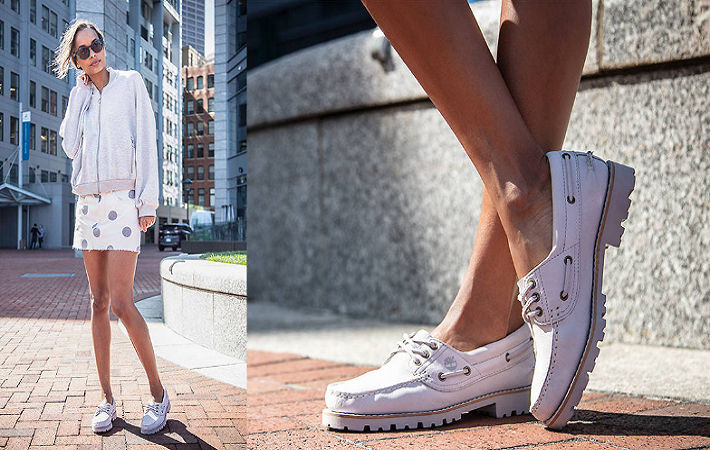
Timberland continued its work with the Smallholder Farmers Alliance (SFA) in Haiti to bring cotton back as an export crop for the country. The SFA planted its first commercial crop in 30 years in August 2018, and Timberland has committed to purchase up to one-third of its global cotton supply from the SFA, once sufficient volume and price and quality requirements are achieved, according to the report.
In 2018, Timberland incorporated over £717,519 of recycled PET – the brand’s largest source of ROR materials – into its footwear. To date, Timberland has given the equivalent of over 345 million plastic bottles new life in its shoes.
The report has revealed that Timberland hs sourced 99 per cent of its footwear leather, and 96 per cent of its leather overall (including apparel and accessories) from tanneries that are rated gold or silver by the Leather Working Group, for environmental best practices. The brand’s goal is to achieve 100 per cent by 2020.
The brand has also announced that it has reached one of its key sustainability goals two years early – to plant 10 million trees by 2020. Timberland has a longstanding commitment to tree planting, with more than 10.2 million trees planted worldwide since 2001, and is now working to set aggressive new targets for its next reporting cycle.
“At the heart of the Timberland brand is the core belief that business can and should be a force for positive change, and that a greener future is a better future,” said Jim Pisani, global brand president, Timberland. “We’re very pleased with the progress we made in 2018, and hitting our tree planting goal two years early. But that doesn’t mean we’ll rest on our laurels. In fact, it only energizes us to think about how we can make an even bigger positive impact in the future. And we see trees playing a crucial role.” (RR)
Fibre2Fashion News Desk – India